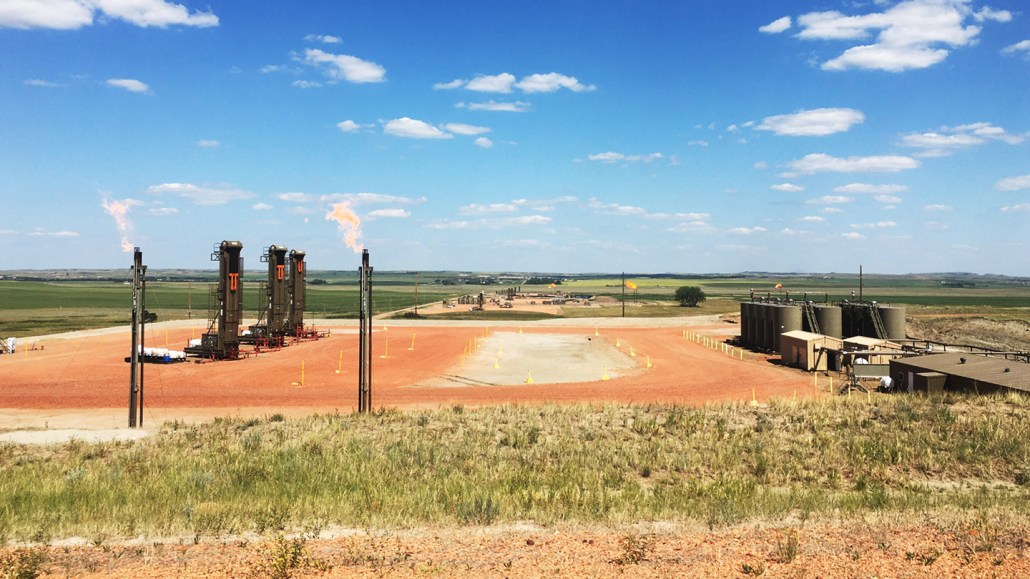
Flares, like the ones here, burn off the natural gas emitted during oil and gas production, turning methane into less potent carbon dioxide. But the efficiency of these flares is much lower than previously thought.
Alan Gorchov Negron/University of Michigan, Yulia Chen/Stanford University







